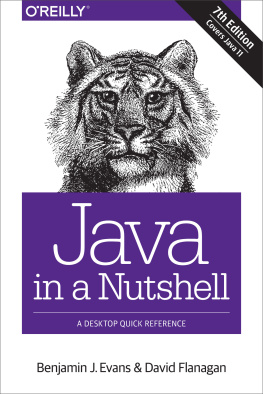Landmarks
Page list

WESTS LAW SCHOOL
ADVISORY BOARD
___________
JESSE H. CHOPER
Professor of Law and Dean Emeritus,
University of California, Berkeley
JOSHUA DRESSLER
Professor of Law, Michael E. Moritz College of Law,
The Ohio State University
YALE KAMISAR
Professor of Law Emeritus, University of San Diego
Professor of Law Emeritus, University of Michigan
MARY KAY KANE
Professor of Law, Chancellor and Dean Emeritus,
University of California,
Hastings College of the Law
LARRY D. KRAMER
President, William and Flora Hewlett Foundation
JONATHAN R. MACEY
Professor of Law, Yale Law School
ARTHUR R. MILLER
University Professor, New York University
Formerly Bruce Bromley Professor of Law, Harvard University
GRANT S. NELSON
Professor of Law, Pepperdine University
Professor of Law Emeritus, University of California, Los Angeles
A. BENJAMIN SPENCER
Professor of Law,
Washington & Lee University School of Law
JAMES J. WHITE
Professor of Law, University of Michigan
I
CLASS ACTIONS AND OTHER MULTIPARTY LITIGATION
IN A NUTSHELL
Fourth Edition
By
ROBERT H. KLONOFF
Dean and Professor of Law
Lewis & Clark Law School

Mat #40899984
II
Thomson Reuters created this publication to provide you with accurate and authoritative information concerning the subject matter covered. However, this publication was not necessarily prepared by persons licensed to practice law in a particular jurisdiction. Thomson Reuters does not render legal or other professional advice, and this publication is not a substitute for the advice of an attorney. If you require legal or other expert advice, you should seek the services of a competent attorney or other professional.
Nutshell Series, In a Nutshell and the Nutshell Logo are trademarks registered in the U.S. Patent and Trademark Office.
West, a Thomson business, 1999, 2004, 2007
2012 Thomson Reuters
610 Opperman Drive
St. Paul, MN 55123
18003139378
Printed in the United States of America
ISBN: 9780314910974
III
To my wife, children, and parents
V
PREFACE
___________
This text addresses class actions and other devices for litigating multi-party cases. It is intended for students taking courses in civil procedure, complex litigation, class actions, and mass torts. It is also designed for use by practicing lawyers who are involved in litigating multi-party cases. This edition follows the same approach and structure as the first edition (1999), second edition (2004), and third edition (2007). Many important decisions have been rendered since 2007. In addition to dozens of decisions by the federal circuits, the Supreme Court has been very active in the class action arena in recent years. Landmark cases include WalMart Stores, Inc. v. Dukes , 131 S. Ct. 2541 (2011); AT & T Mobility LLC v. Concepcion , 131 S. Ct. 1740 (2011); Smith v . Bayer Corp ., 131 S. Ct. 2368 (2011); Erica P. John Fund, Inc. v. Halliburton Co. , 131 S. Ct. 2179 (2011); and Shady Grove Orthopedic Associates, P.A. v. Allstate Insurance Co ., 130 S. Ct. 1431 (2010). Among many other changes and updates, this latest edition discusses the major new Supreme Court and federal circuit cases.
This text provides citations for various propositions. It is not a reference book, however, and no attempt is made to provide case citations or other authority for every proposition. References to denials VI of certiorari (for U.S. Supreme Court cases) are provided only for cases in which the denial occurred in 2010 or later.
This text includes both scholarly analysis and a practitioners perspective. In addition to teaching and writing about class actions, I currently serve as a member of the United States Judicial Conference Advisory Committee on Civil Rules and previously served as Associate Reporter for the American Law Institutes project, Principles of the Law of Aggregate Litigation (2010). I have prosecuted and defended more than 100 class actions as an attorney in private practice. I have also served as an expert witness in numerous class actions, both in federal and state court.
In addition to those whom I acknowledged in the first, second, and third editions, I would like to recognize the important contributions of my research assistants, Jacob Abbott, Eric Brickenstein, Eleanor Garretson, Virginia Griffin, Brittany Medlin, Ben Pepper, Matt Preusch, Meredith Price, and Gabby Richards. The statements and conclusions in this text are mine alone.
ROBERT H. KLONOFF
Portland, Oregon
September 2012
VII
OUTLINE
___________
VIII
IX
X
XI
XII
XIII
XIV
XV
XVI
XVII
XVIII
XIX
XX
XXI
XXII
XXIII
XXIV
XXV
XXVI
XXVII
XXVIII
XLI
CLASS ACTIONS AND OTHER MULTIPARTY LITIGATION
IN A NUTSHELL
Fourth Edition
TEXT OF FEDERAL RULE OF CIVIL PROCEDURE 23. CLASS ACTIONS
(a) PREREQUISITES. One or more members of a class may sue or be sued as representative parties on behalf of all members only if:
(1) the class is so numerous that joinder of all members is impracticable;
(2) there are questions of law or fact common to the class;
(3) the claims or defenses of the representative parties are typical of the claims or defenses of the class; and
(4) the representative parties will fairly and adequately protect the interests of the class.
(b) TYPES OF CLASS ACTIONS. A class action may be maintained if Rule 23(a) is satisfied and if:
(1) prosecuting separate actions by or against individual class members would create a risk of:
(A) inconsistent or varying adjudications with respect to individual class members that would establish incompatible standards of conduct for the party opposing the class; or
(B) adjudications with respect to individual class members that, as a practical matter, would be dispositive of the interests of the other members not parties to the individual adjudications or would substantially impair or impede their ability to protect their interests;
(2) the party opposing the class has acted or refused to act on grounds that apply generally to the class, so that final injunctive relief or corresponding declaratory relief is appropriate respecting the class as a whole; or
(3) the court finds that the questions of law or fact common to class members predominate over any questions affecting only individual members, and that a class action is superior to other available methods for fairly and efficiently adjudicating the controversy. The matters pertinent to these findings include:
(A) the class members interests in individually controlling the prosecution or defense of separate actions;
(B) the extent and nature of any litigation concerning the controversy already begun by or against class members;
(C) the desirability or undesirability of concentrating the litigation of the claims in the particular forum; and
(D) the likely difficulties in managing a class action.
(c) CERTIFICATION ORDER; NOTICE TO CLASS MEMBERS; JUDGMENT; ISSUES CLASSES; SUBCLASSES.
(1) Certification Order.

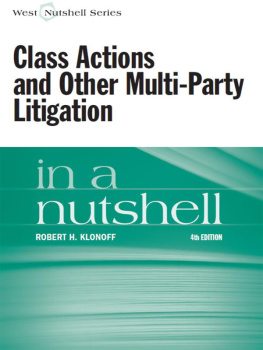
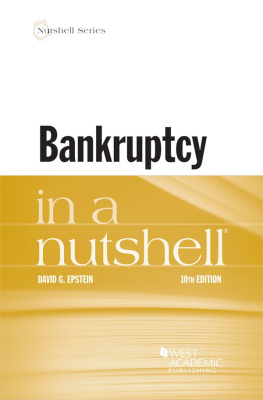
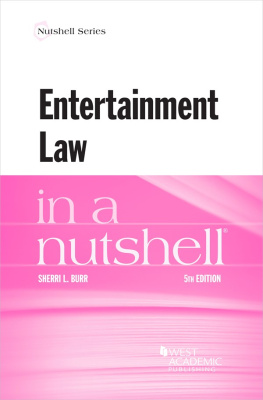
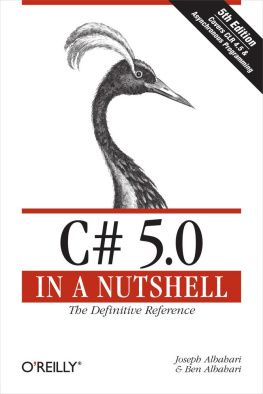



![Kline Kevin E. - SQL in a nutshell: [a desktop quick reference ; covers MySQL, Oracle, PostgreSQL, and SQL server]](/uploads/posts/book/138111/thumbs/kline-kevin-e-sql-in-a-nutshell-a-desktop.jpg)
